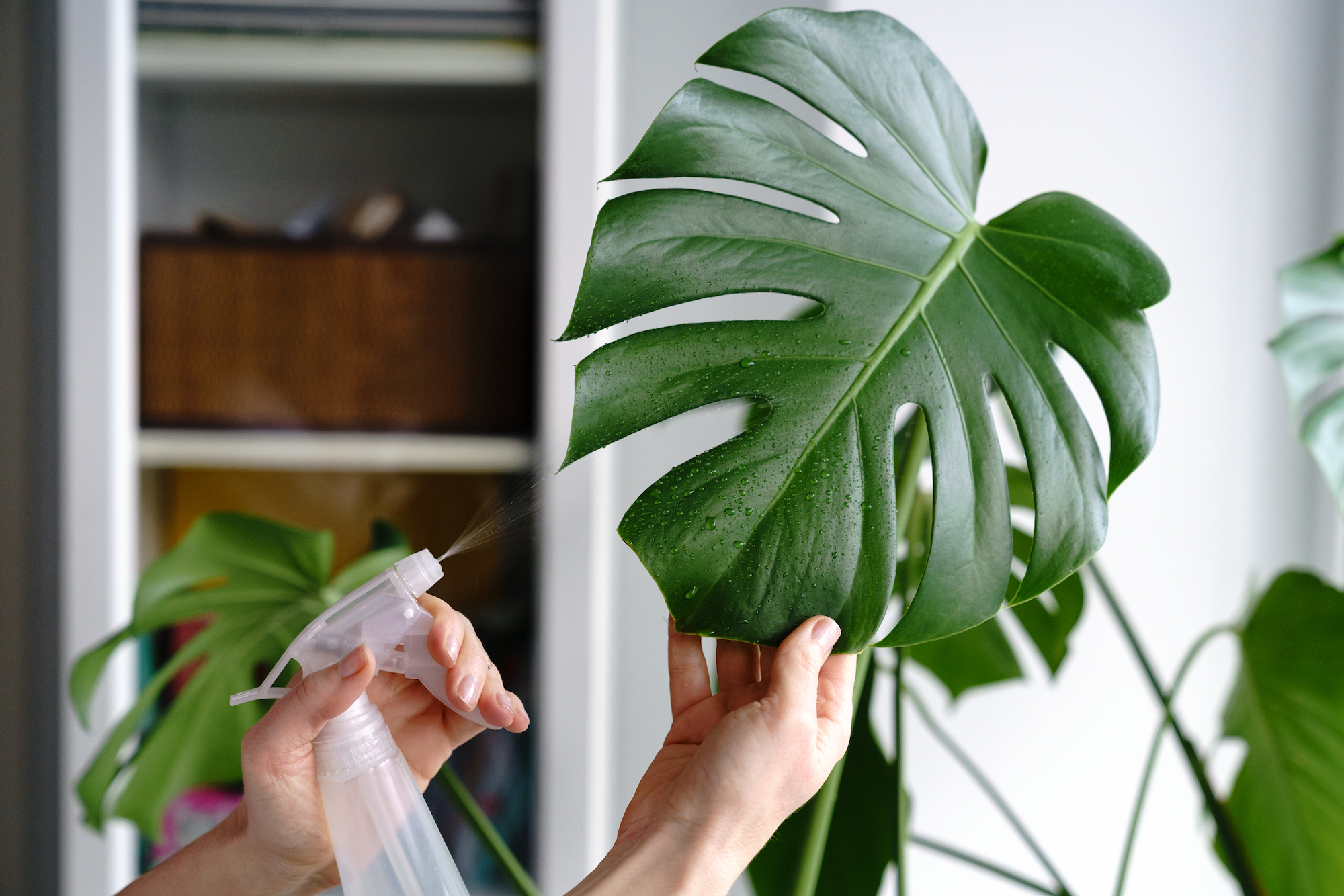
Caption
Monstera deliciosa houseplant
Photo Credit
Surked/Shutterstock
Botanical Name
Monstera spp.
Plant Type
Soil pH
Hardiness Zone
Sign up for our daily newsletter to get gardening tips and advice.
No content available.
Subhead
Growing Monstera Plants: Watering, Lighting, Repotting, Propagation, and Pests
Gardening Products
ADVERTISEMENT
Comments
Add a Comment
Mine is just starting out from being cut rooted in glass container. Just potted it but leaves are small and not split anymore. Am I doing something wrong or just needs time?
I had a monstera growing in water for at least 10 YEARS with a Beta fish, and it was small & puny. Then the fish died so I planted the monstera in soil about 5 years ago & it is now HUGE.













